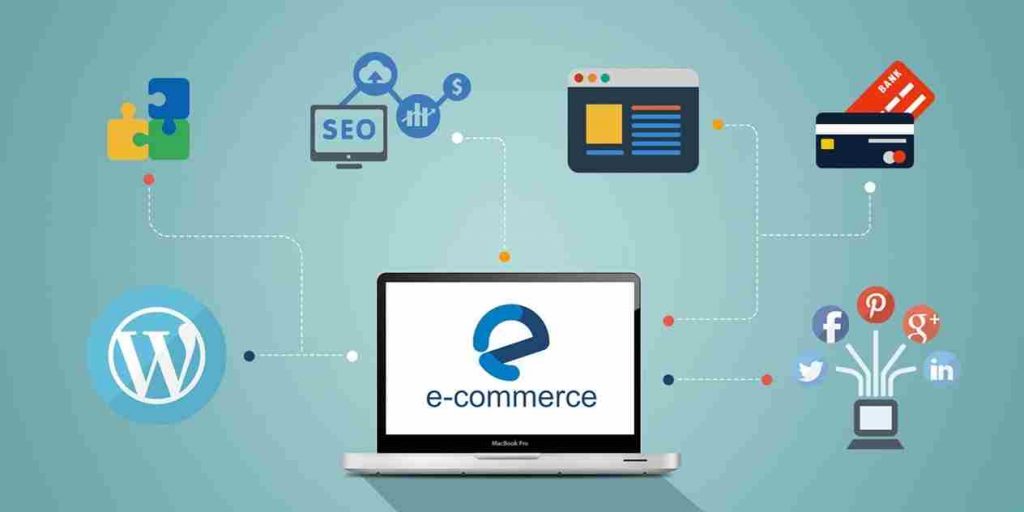These components are absolutely necessary for e-commerce software today: How SMEs can create or expand their own online shop and which core functions the solution should cover. Sales in e-commerce increased by 15 percent in 2021 compared to the previous year and by a further 19 percent in 2022. The pandemic has accelerated growth, and almost every fifth euro spent in retail is now taken by online shops.
In order to keep up with this trend, more and more companies are also offering their products and services online. Of course, there is e-commerce software today that already covers many core areas as all-in-one solutions. Here are some important of them e-commerce software should cover:
Table of Contents
Online payment options
The payment process of an online shop should run smoothly in order to keep the bounce rate low in the check-out process. Therefore, payment providers that cover as many payment methods as possible are essential. A payment service provider is recommended that offers protection against payment defaults so as not to bear the risk itself in the event of payment defaults. Offering buyer protection as a service for customers is also useful.
Ensuring data security
The number of cyber attacks reached a new high in 2021. Online shops are a profitable target of attack: Even smaller companies often become the focus of attackers and can poorly cushion the financial consequences or reputational damage caused by a ransomware attack or data theft. Therefore, protective measures and corresponding IT security software such as firewall or protection against DDoS attacks are becoming increasingly important. Make sure to use qualified e commerce software development services.
Customer management
Personalized newsletters, fast support or bonus systems such as loyalty points are effective customer loyalty measures. A customer relationship management system or customer relationship management helps to keep track. This allows customer accounts and data to be centrally managed and customer interactions to be recorded via various channels. Through analyses and sales forecasts, useful insights will be gained so that customers can be proactively supported.
Email marketing and customer support
Newsletters remain an important tool for customer loyalty. Email marketing tools offer a wide range of functions, such as segmenting the customer list according to interests, previous purchases or demographic characteristics, in order to send different newsletters to different target groups.
When it comes to customer inquiries and support, live chat tools provide a direct line to the company. A chat window integrated into the online shop can welcome website visitors directly and answer questions about the product or customer service in a timely manner. Chatbots can record the requests, forward them to the team or refer to a knowledge base or self-service help pages.
Designing the online shop correctly
Good customer communication and product management are important for a successful online shop, as well as the quality of the product images or the newsletter design. Online shop or newsletter tools often offer integrated design functions. For a uniform, cross-platform design, as well as for advertising materials, social media posts, brochures or flyers, graphic design tools offer design templates and often also access to stock photos and other graphics.
Tips for choosing an e-commerce software
When choosing an e-commerce software, the following important functions should be taken into account:
- The software must be data protection compliant
- Secure payment gateways
- Processing of unlimited number of products, page visits, sales and customers
- Reporting and analysis functions
- Integrated customer support
- Integrated option to offer discounts, vouchers or gift vouchers
- Search engine optimization functions
- Integrated artificial intelligence features to recommend relevant products to customers or suggest suitable special offers
- Integration of social networks
- Link to platforms such as Amazon, Etsy or eBay so that several online shops can be managed at the same time
Related Articles:


